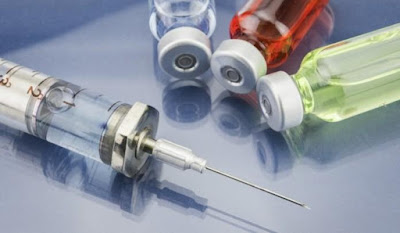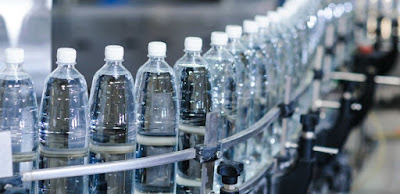Polybutadiene is mainly utilized for flooring, roofing, insulation and other building applications. It is a synthetic rubber having high tensile strength and toughness, resistance to chemicals and heat, abrasion resistance and moisture resistance. Polybutadiene is produced from the polymerization of 1,3-butadiene. Most polybutadienes are made by a solution process, using either a transition metal (Nd, Ni, or Co) complex or an alkyl metal, like butyllithium, as catalyst.
Polybutadiene is a synthetic polymer. It has a high resistance to wear and is used especially in the manufacture of tires, which consumes about 70% of the production. It possesses good tensile strength and toughness, excellent electrical and mechanical properties and resistance to abrasion, heat, friction, chemicals and salt water. It also offers low hysteresis loss, high elasticity, and low rolling resistance due to its low glass transition temperature.
Low-cis polybutadiene rubber is manufactured using lithium catalyst. It offers good elasticity, excellent reactivity, and vinyl bonding. Some common uses of polybutadiene in tires and other products are as roofing material, insulating materials, insulation, friction material, thermoset foam, and thermoform. A number of polybutadiene products are available both on the consumer and wholesale market, making it easy for manufacturers and consumers to obtain them. Most commonly seen products include rubber feet for golf balls, roofing/flooring products, roof panels and sealing products, but the foam itself is also used in other areas. Versatile makeup of polybutadiene allows manufacturers to use it in a wide range of ways to address many construction needs.
Market players are focused on R&D of sustainable approach for the production of polybutadiene as its production leads to CO2 emissions. For instance, in April 2021, Yokohama Rubber Company, which operates as Yokohama Tire Corporation in the U.S., reported developing a sustainable approach for the production of butadiene from biomass.

























